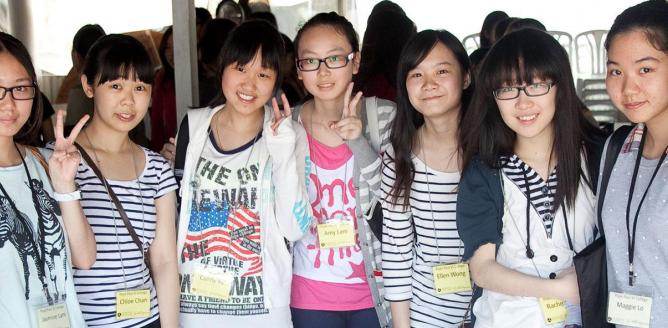“The busier we are, the more we need that centering time – that time to actually be able to connect to our inner wisdom” Arianna Huffington
Last week, Hillary Clinton revealed that she turned to yoga and alternate nostril breathing to recover from her devastating U.S. election loss.
She has spoken in the past about using meditation and yoga for calm and balance. Making time to meditate is no easy task. It can be challenging to put down our phones and sit in silence for 10 or 20 minutes when our to-do lists and email inbox are overflowing. But, according to experts, it’s one of the best things we can do for our body (and our sanity). And if we follow Clinton’s example, just taking a pause for one minute of deep breathing can have a profound effect on our stress levels.
Manish Chopra, McKinsey Senior Partner, has written a thoughtful personal reflection on how meditation can provide coping mechanisms for overloaded executives and can help make better leaders.
But how does gender relate to meditation and mindfulness?
A recent study of a Brown University course on mindfulness meditation, suggested that women may benefit from the practice more than men. The finding, the authors said, should call more attention to considering gender as a potential factor in assessing mindfulness efficacy.
We value mindfulness for both our programme participants and our very own TWF team. At TWF, a number of us meditate or practice yoga regularly and we are about to relaunch our own internal mindfulness programme. Similarly, at the end of our year-long Mentoring Programme for Women Leaders, our participants have the opportunity to pause and reflect on all the learnings of the year and learn, through mindfulness training, how to implement them into their day-to-day life.
What do you do to pause or find some calm in the frenetic pace of Hong Kong? Even if it’s for one minute or ten to simply breathe deeply.
We would love to hear from you on this or other topics. Get in touch via Fiona.Nott@twfhk.org.
Enjoy your week.





















